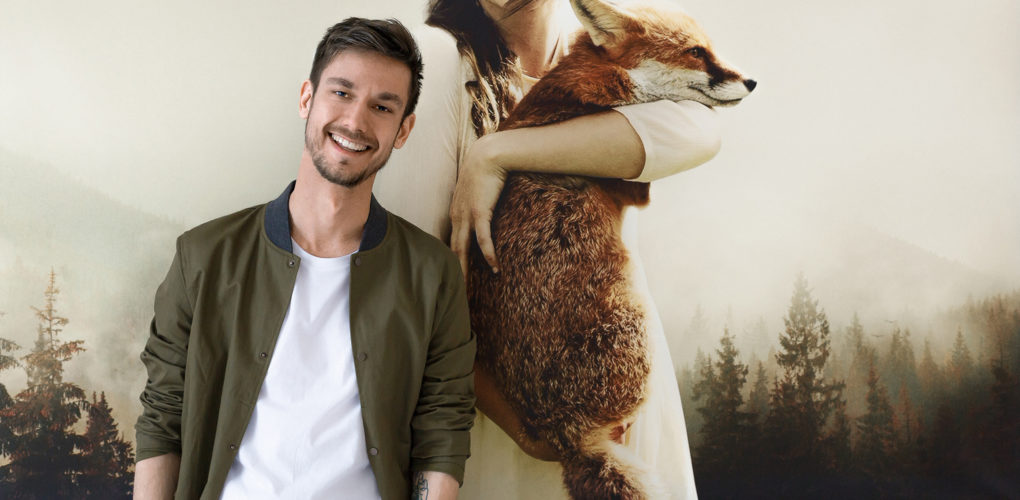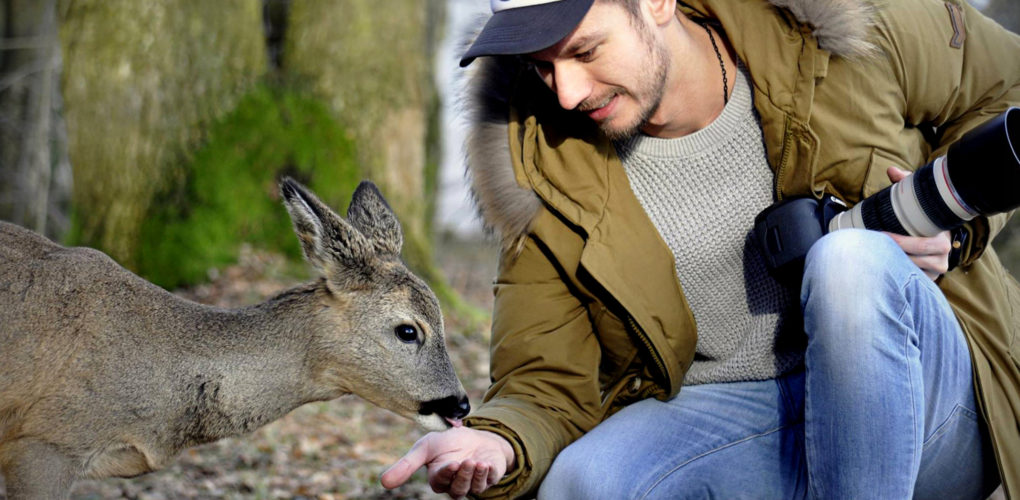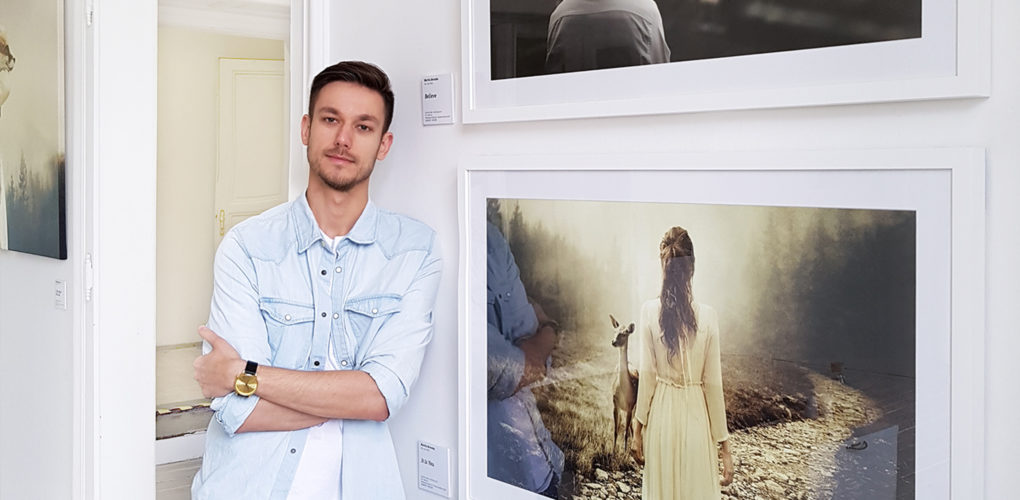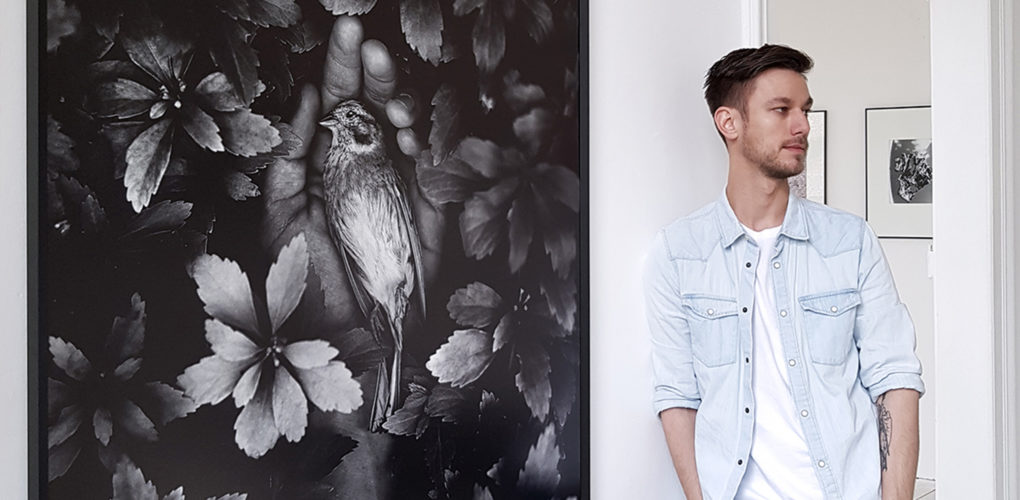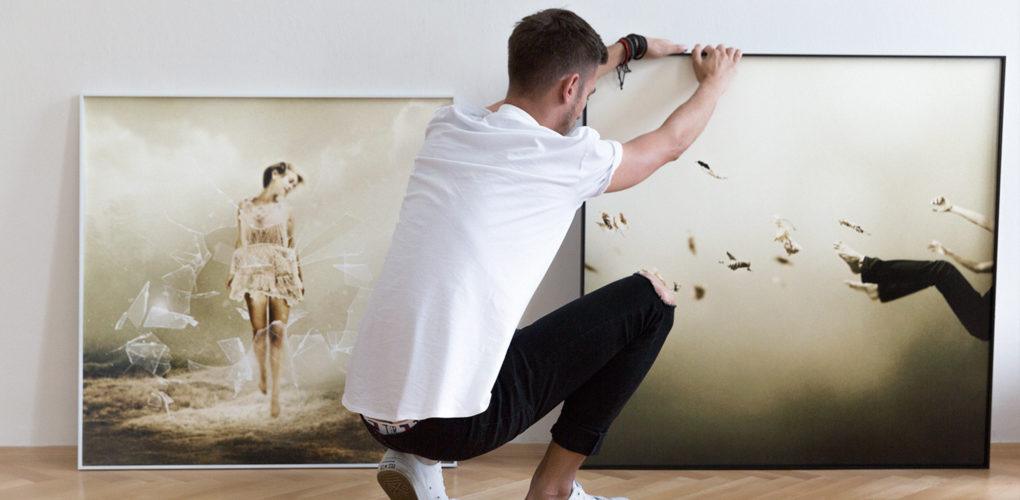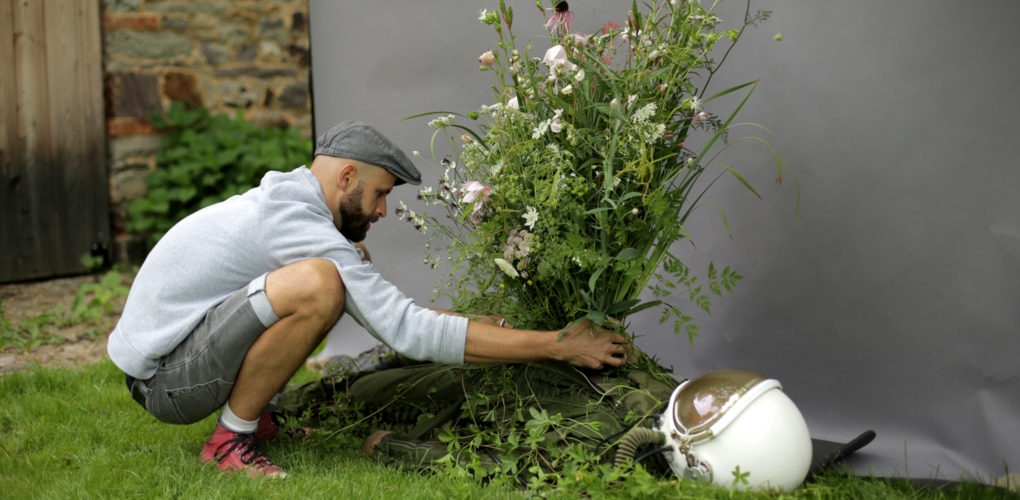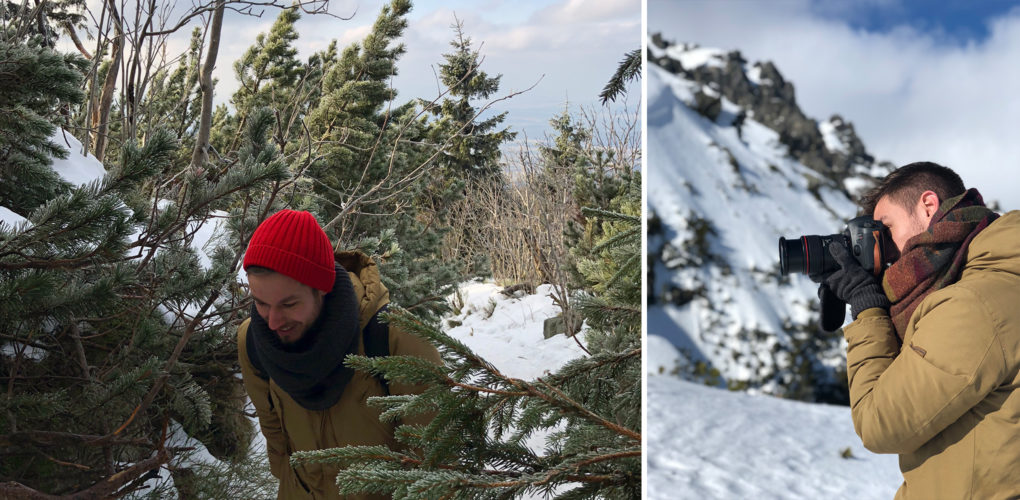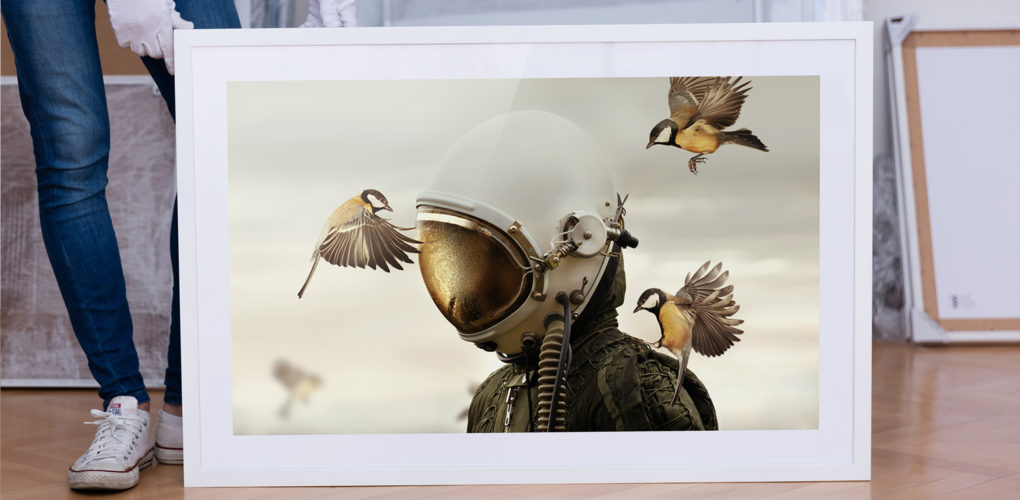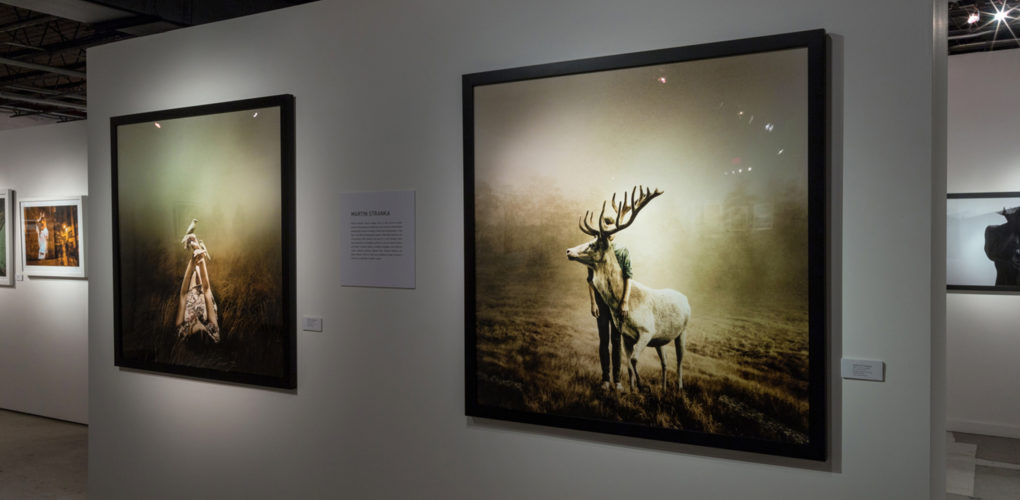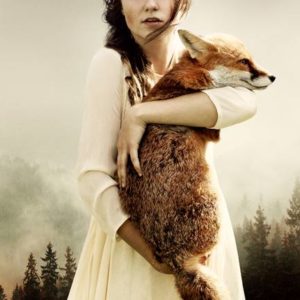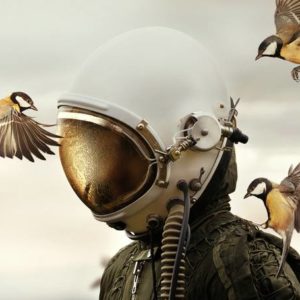One to Watch
 Martin Stranka and his Surrealist Photographs
Martin Stranka and his Surrealist Photographs
Martin Stranka’s surreal images exist in a world caught between fantasy and reality. His practice stems from a desire to make sense of his dreams — he takes photographs of his natural surroundings, which he then meticulously digitally manipulates. His works often feature subjects in theatrical natural settings, questioning our place in the world and our relationship with the surrounding environment.
Martin lives and works in Prague and during the last few years he has won over 50 major international photography awards from different competitions, including the Professional Photographer of the Year Award, the Nikon International Photo Contest, the Prix de la Photographie Paris, and, most recently, a Sony World Photography Award for his work “Until You Wake Up.” His works have also been featured in international solo and group exhibitions in cities including New York, London, Miami, and Shanghai.
What are the major themes you pursue in your work?
Hope. Serenity. Nature. Dreams. Silence. Humanity. I would say the art should ask questions and search for answers. Honestly, I do not try to ask general questions in terms of society in a global way, but I try to capture our personal, intimate questions as human beings –something like our inner private and intimate confession, our own dialog with ourselves.
I think art should leave emotions in you as a viewer and as an artist. I have been always amazed by the connection between humanity and nature in the most emotive and pure way. I work a lot with wild animals as symobls of fragility, ephemerality, and the power of nature itself. I have been always fascinated by the power of nature and honestly by the endless power of the human mind on the level of the individual. I create images that appear to be stills from a film — one that walks the line between fantasy and reality. I create my own reality.
How did you first get interested in your medium, and what draws you to it specifically?
Well, I would say that photography discovered me. I have never studied photography. I have to say that I lost one of the closest people in my life 11 years ago, and I felt like I had to express myself somehow. I felt like I needed to find something like a “valve.” So I started taking photos, and somehow it worked. At the beginning, I considered it a form of therapy which then became my passion. So it is quite weird and strange saying that this accident inspired me, but this is only the way I got involved with photography. I put my broken heart into art.
How has your style and practice changed over the years?
11 years ago, I wasn’t connected to anything remotely related to art. I just needed to express myself. So I bought a camera and started taking photos. At first, I didn’t think about style or concept — I just tried to capture the feeling of being wounded and alone. Years later, I find much more positive emotions in my work. Now, my photos are like a personal diary where I attempt to describe all of my feelings and stories with a single photo. I would say I keep my topics the same, but I work on more sophisticated scenes.
Can you walk us through your process? Do you begin with a sketch, or do you just jump in?
I hardly tell my intention before photo shooting. I only ask people if they are interested in cooperating with me, and that is all. Because I don’t want to make them think about the scene or give them anything like “homework” and get prepared for it. I love the magic of the moment when I tell them the scene and my image I have in my mind. They cannot think about it for a long time so it is always more spontaneous and natural. And it is true that sometimes I do not even explain the final scene to them, and I only try to lead them to the final pose. Sometimes it is really private and intimate for me, and I keep the background and story private.
Some photographers tend to have countless sketches and some manuals showing how the work will be shot. This is a good thing again for commercial photos, where you need all the steps planned out. This example is also why I don’t take so many images during short time. I take pictures at the moment I feel it, when I need to express myself, and it really cannot be scheduled. That’s life, and life can not be planned.
And yes, post-production is an integral part of it all. Sometimes there is basically no post-production and sometimes I use it a lot. It depends. It is only a tool for me. I always focus on the final scene and how to get there.
How long do you spend on one work? How do you know when it is finished?
It really depends. I can spend literally a month working on a photo like my artwork „Until You Wake Up“. But I am also able to create a new piece in a few hours, like my photo „Holes In The Sky.“ Why such a big difference? Some of my works needed more planning and post-production, and some of them just happened– I only captured the moment. How do I know it is finished? You feel it. You really do. It is finished the moment I can be a part of a scene without any disturbances.
If you couldn’t be an artist, what would you do?
I would be a tree (laugh). I think about it quite often but honestly I don’t know. I feel like I finally found myself here as an artist. That‘s the one and only way I feel happy. There is a Japanese line of thought called Ikigai and it says: you should do what you love, what you are good at, what you can be paid for, and what the world needs. If I combine all these four aspects – there is only one job and it is being an artist.
What are some of your favorite experiences as an artist?
It was definitely a moment when I got a message from one fan. He said: „I just found your work and it made my day. I will go to the eye surgery tomorrow, because I am losing my sight. But your work left me calm and peaceful. I am not afraid anymore. Thank you for that.“ It literally made me cry and I understood that there is a point in creating art.
